An archipelago located in the northwest of Peninsular Malaysia, is renowned for its rich geological heritage. The islands, which number 99, offer a fascinating glimpse into the Earth’s geological history.
Langkawi UNESCO Global Geopark boasts a remarkable geological heritage that spans over 550 million years, making it one of the most significant geological sites in Southeast Asia. The island’s landscapes showcase an extraordinary record of Earth’s history, including some of the oldest rocks in the region, unique karst formations, and evidence of ancient tectonic processes.
Langkawi’s geological heritage provides a natural laboratory for understanding Earth’s history and processes:
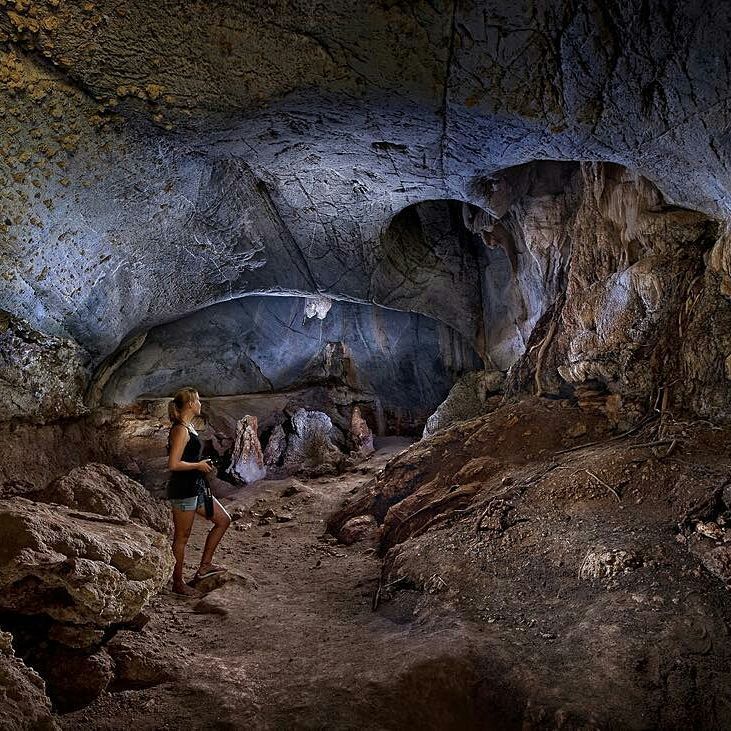
The formations and fossils in Langkawi reveal key events in the Earth’s past, including sediment deposition, tectonic activity, and climate change.
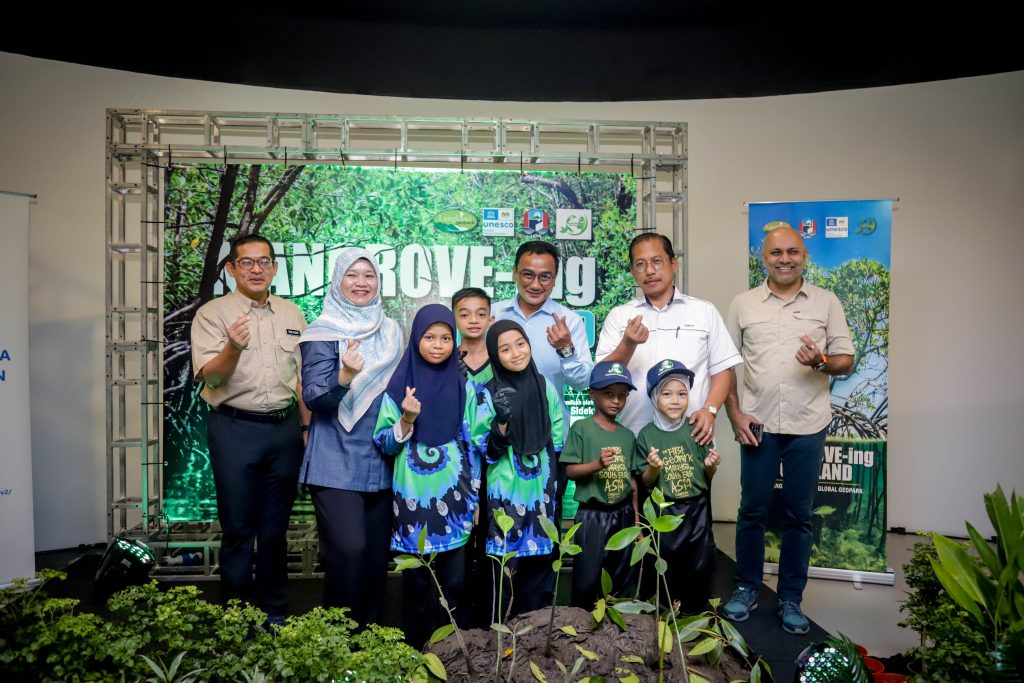
The geopark promotes geology awareness through guided tours, educational programs, and geopark centers.
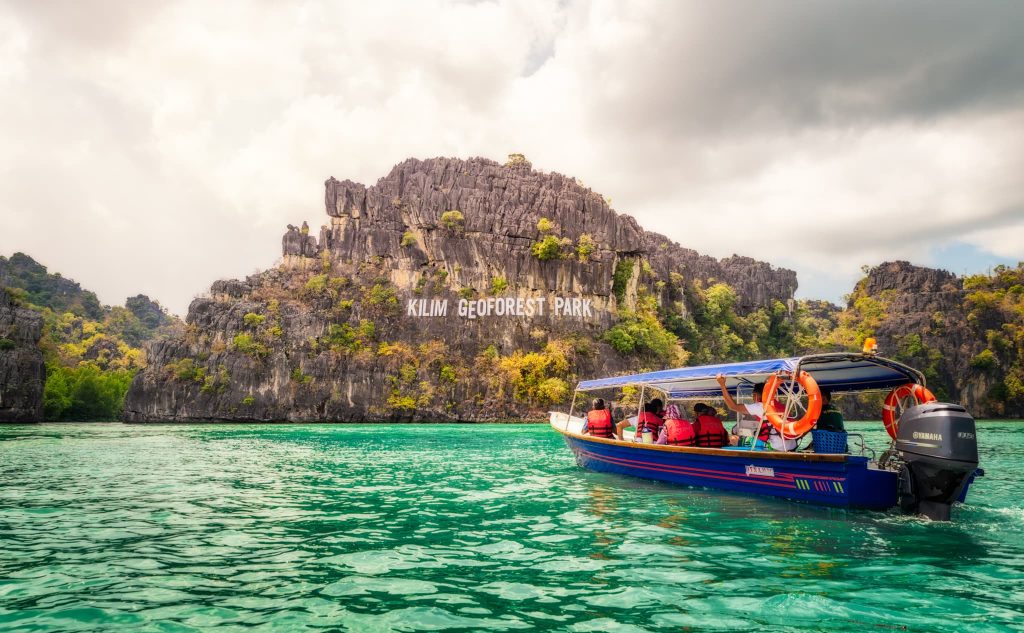
Attractions like Kilim Karst Geoforest Park, Machinchang Cambrian Geoforest Park, and the Kubang Badak Biogeotrail draw geotourists seeking to explore Langkawi’s geological wonders.
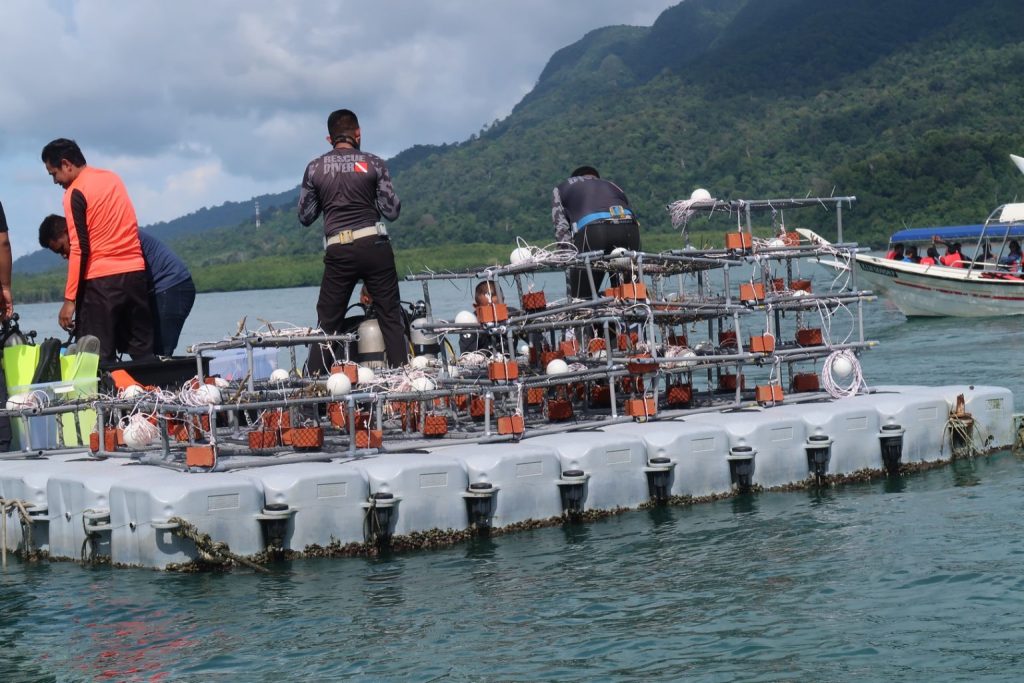
Langkawi Geopark emphasizes the conservation of its unique geosites through strict management and zoning policies. Any collection of rocks for research must first receive permission from the Mineral and Geoscience Department and the Kedah Forestry Department to ensure that conservation efforts are upheld and environmental impact is minimized.
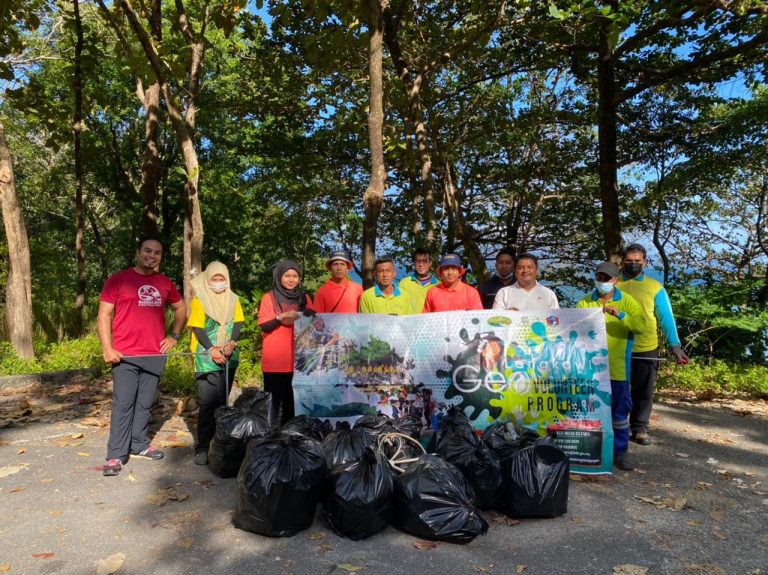
Local communities play a vital role in maintaining and promoting Langkawi’s geological heritage through sustainable geotourism initiatives.
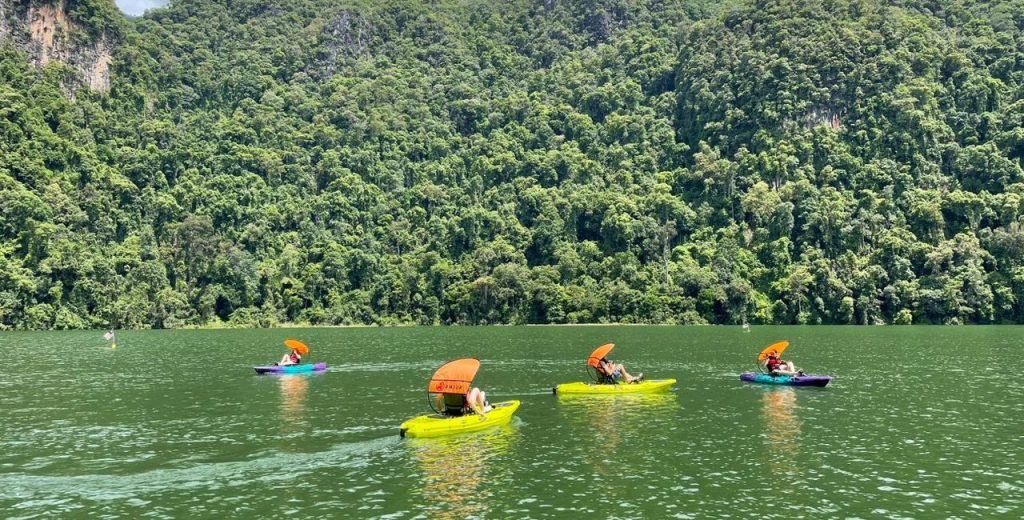
As Southeast Asia’s first UNESCO Global Geopark, Langkawi sets a benchmark for integrating geological conservation with cultural heritage and tourism.
Langkawi’s geological heritage is a cornerstone of its identity, reflecting the island’s ancient past and unique landscapes. Through conservation, education, and sustainable tourism, Langkawi UNESCO Global Geopark continues to preserve and share its geological treasures, inspiring visitors and researchers worldwide.
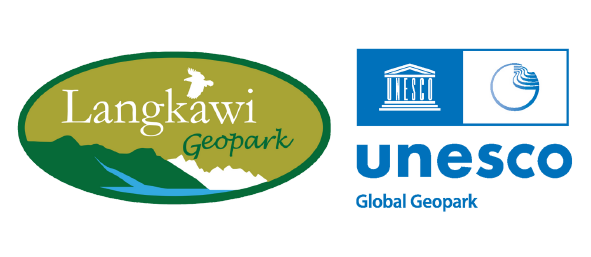
Southeast Asia’s first UNESCO Global Geopark invites you to experience one of the world’s rarest natural wonders.